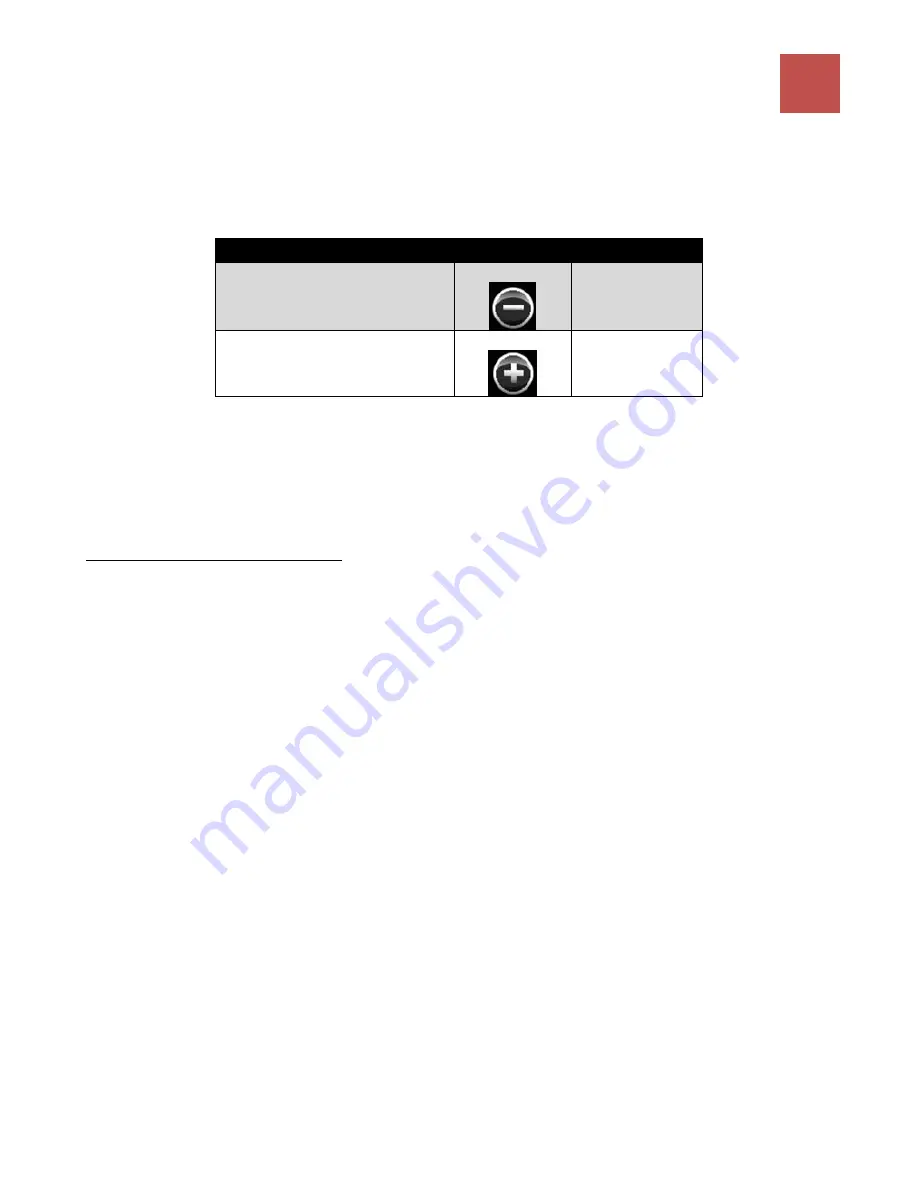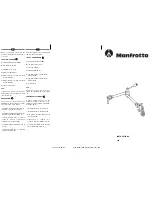
45
After starting the engine, use a timing light to verify that the timing is correct. The ECU will lock the
timing to 20° of advance during this test. That is what the timing light should show. If it doesn’t, use
the Plus or Minus buttons to fine tune the ignition setup until the timing light does show 20° of
advance. Once it does, you can use the “Next” button to proceed to the next screen.
IF
TIMING
LIGHT
IS
SHOWING…
USE…
IN
ORDER
TO…
Less
than
20
°
BTDC
Minus
button
Advance
Timing
More
than
20
°
BTDC
Plus
button
Retard
Timing
If timing needs to be verified again after the initial pass through the Setup Wizard – for example, if a
distributor is removed and re-installed – select Ignition Type from the Advanced menu. That will
prompt you to confirm your ignition type and then lead back to this Timing Verification screen so that
timing can be dialed in again with a timing light.
Additional background information
The ECU expects to see crank signals occur when the engine is at a specific location. When the ECU
sees a crank signal, it assumes the engine is at the prescribed location and goes about the business of
calculating how long it needs to wait from there before firing a spark. If the crank signals are not
occurring where the ECU expects them to, that time calculation will be off and the actual timing will
be offset from the commanded timing.
For example, on a single coil engine getting its crank signals from a crank trigger or a distributor, the
ECU expects those crank signals to occur at TDC (0° BTDC). That is the “00.0” that appears on the
Timing Verification screen. If the crank signals are indeed occurring at TDC, the ECU’s calculations
will be correct and a timing light will show actual timing that matches commanded timing.
Commanded timing is locked at 20° BTDC during this test. If the crank signals are instead occurring
at 3° BTDC (due to physical misalignment - the crank trigger or distributor not being installed right at
TDC), the ECU’s calculations will be based on incorrect information – namely that the engine is really
at 3° BTDC when the ECU thinks it is at 0° BTDC. In this case, a timing light will show actual timing
to be 23° BTDC instead of the 20° BTDC the ECU is shooting for.
Adjusting this setting is telling the ECU that the crank signals aren’t occurring exactly where it is
expecting them to. As this setting is adjusted, the ECU recalculates when to fire a spark and actual
timing moves. You will know this setting is correct when a timing light shows the actual timing
matching the commanded 20° BTDC. In the example above, that would happen when the Plus button
had been used to raise this setting from “00.0” to “03.0”.
Of course, any misalignment of the crank trigger or distributor could be corrected by physically
moving them in a process of trial and error (and in extreme cases, that may still be required). For most
installations though, this on-screen approach allows timing to be dialed in quickly and easily with a
few button presses.
Summary of Contents for 30400-KIT-EZ-EF
Page 11: ...11 In Tank Fuel Pump System Layout...
Page 17: ...17 In Line Pump Fuel System Layout...
Page 56: ...56 Dash 1 Dash 2 Dash 3...
Page 69: ......
Page 70: ......
















































